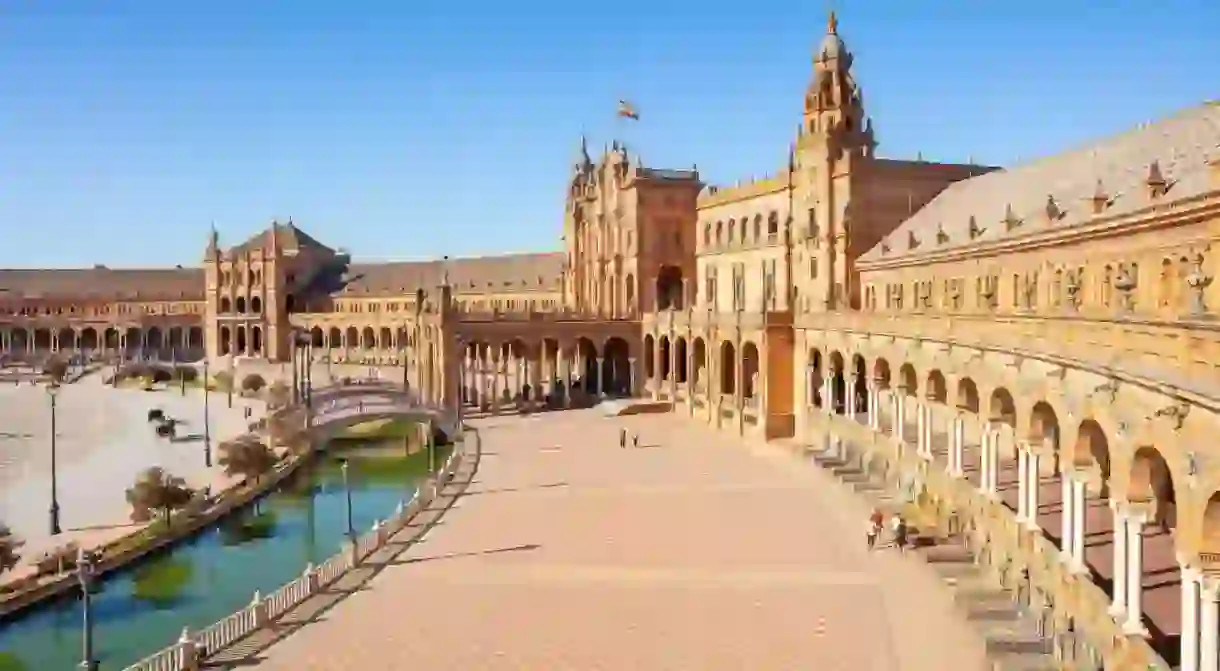Top Things to Do and See in Seville, Spain

Seville, famous for its flamenco dancing and architectural designs, is the largest city in Southern Spain. It was said to have been built by Hercules himself and its fascinating history makes it one of Spain’s most intriguing places to visit. With a smorgasbord of sights and activities, this city will never leave visitors stuck for choice.
Fancy a trip to Seville? Highlights of our four-day Mini Trip to Seville include a tour of the city’s sights before visiting nearby Cadiz and Jerez.
Plaza de Toros
Catedral de Sevilla
Cathedral, Mosque

Museo Arqueológico de Sevilla
Museum
Museo del Baile Flamenco
Building, Museum
Plaza de España
Cathedral, Park

Maria Luisa Park
Botanical Garden, Museum, Park
Metropol Parasol
Museum

Casa de Pilatos
Building
Mercado de Triana
Market
Universidad de Sevilla (Real Fabrica de Tabacos)
Seville University dates back to the 16th century and is one of the oldest universities in the Spanish-speaking world. Today it has a number of different campuses spread out across the city. The university is completely free to enter which makes a trip there all the better. A worth-while visit would be to the university’s most famous campus, the Royal Tobacco Factory. Used as a tobacco factory until the 1950’s this building is an impressive one. Built in the 18th century, it was at this time the largest factory in the world, taking 42 years to build and comes complete with a moat and drawbridges as well as a prison originally used for protesting workers.













